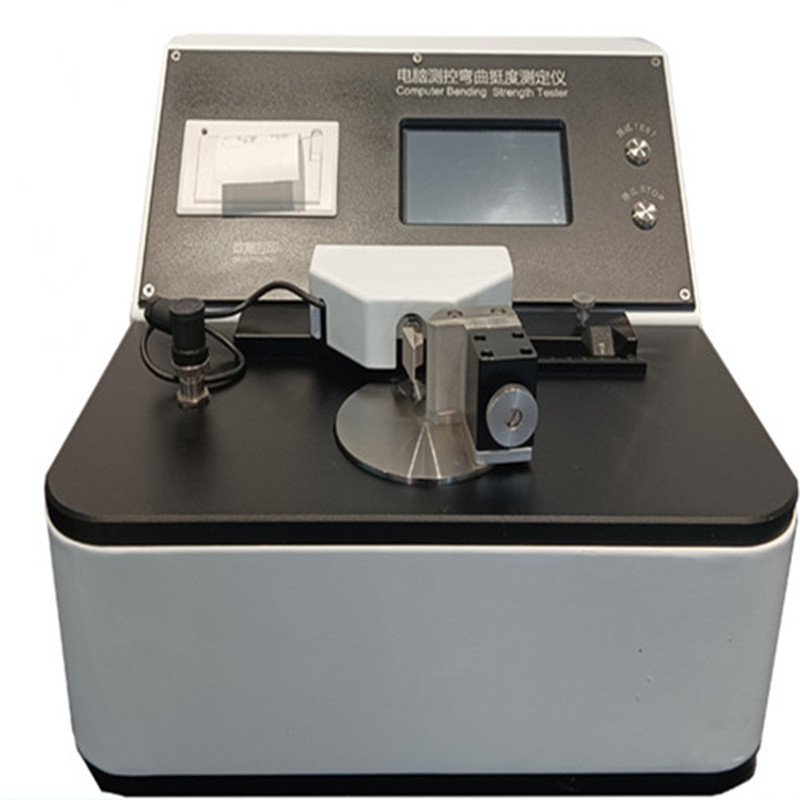Main parameters of computer bending stiffness tester

Computer bending stiffness tester is a test equipment independently developed and produced by our company. It has high-cost performance and is used to test the bending stiffness of composite sheet materials such as paper, cardboard, film, plastic, metal sheet, etc. It is suitable for the papermaking packaging printing industry-related scientific research institutions and quality inspection departments.
Established in 2012, Qinsun Instruments Co., LTD focuses on the research and development, design, and production of textile testing instruments. It provides textile testing instruments and services to academic research units and testing institutions. Qinsun is currently one of the most competitive and R&D-capable manufacturers of textile testing instruments in China, with an R&D team composed of experienced engineers. We are dedicated to serving our customers with all our hearts and striving to promote technological innovation in textile testing instruments.
Scope of application:
Stiffness value test: Applicable to bending stiffness test of paper, cardboard, film, plastic film, and sheet
Crease stiffness test: Applicable to the crease and indentation stiffness test of various color boxes, toothpaste boxes, and other packaging boxes
Compliance with standards:
GB/T 22364, GB/T 2679.3 "Stiffness test of paper and cardboard," ISO 249.3 "Determination of stiffness of paper and cardboard," ISO 5628 "Paper and paperboard - Determination of static bending stiffness - General principles"

Main parameters:
1. Bending force range: 15~10000mN, resolution 0.1mN
2. Bending length: 50±0.1mm, 25±0.1mm, 10±0.1mm, etc.
3. Bending angle: 1~92° infinitely adjustable
4. Bending rate: 200°±20°/min (adjustable)
5. Bending time: 2~50s
6. Crease stiffness sample: 38*36mm
7. Board stiffness sample: 70*38mm
8. Measurement thickness: 0.01~5.0mm
9. Sampling thickness: 0.1~1.5mm
10. Parallelism of two long sides: ≤0.015mm
2025-02-11 11:57

